M14 and the War on Terror: One Veteran’s Experience
January 12th, 2022
9 minute read
As the United States of America entered the conflict in Vietnam in the mid-1960s, it was in the midst of a slow small arms transition from the venerable M14 to the lightweight, smaller caliber M16.
The grueling terrain of the wet jungles and steep highlands of Vietnam became a catalyst of this transition, and more and more American units began trading in their heavy-hitting 7.62mm M14 rifles for the lighter 5.56mm M16. The U.S. Army, in particular, was quick to shed their M14s, with the Marine Corps holding on to the beast of a battle rifle well into the late ’60s. For many, this marked the end of the M14’s service, going down in history as America’s shortest-serving main service rifle.
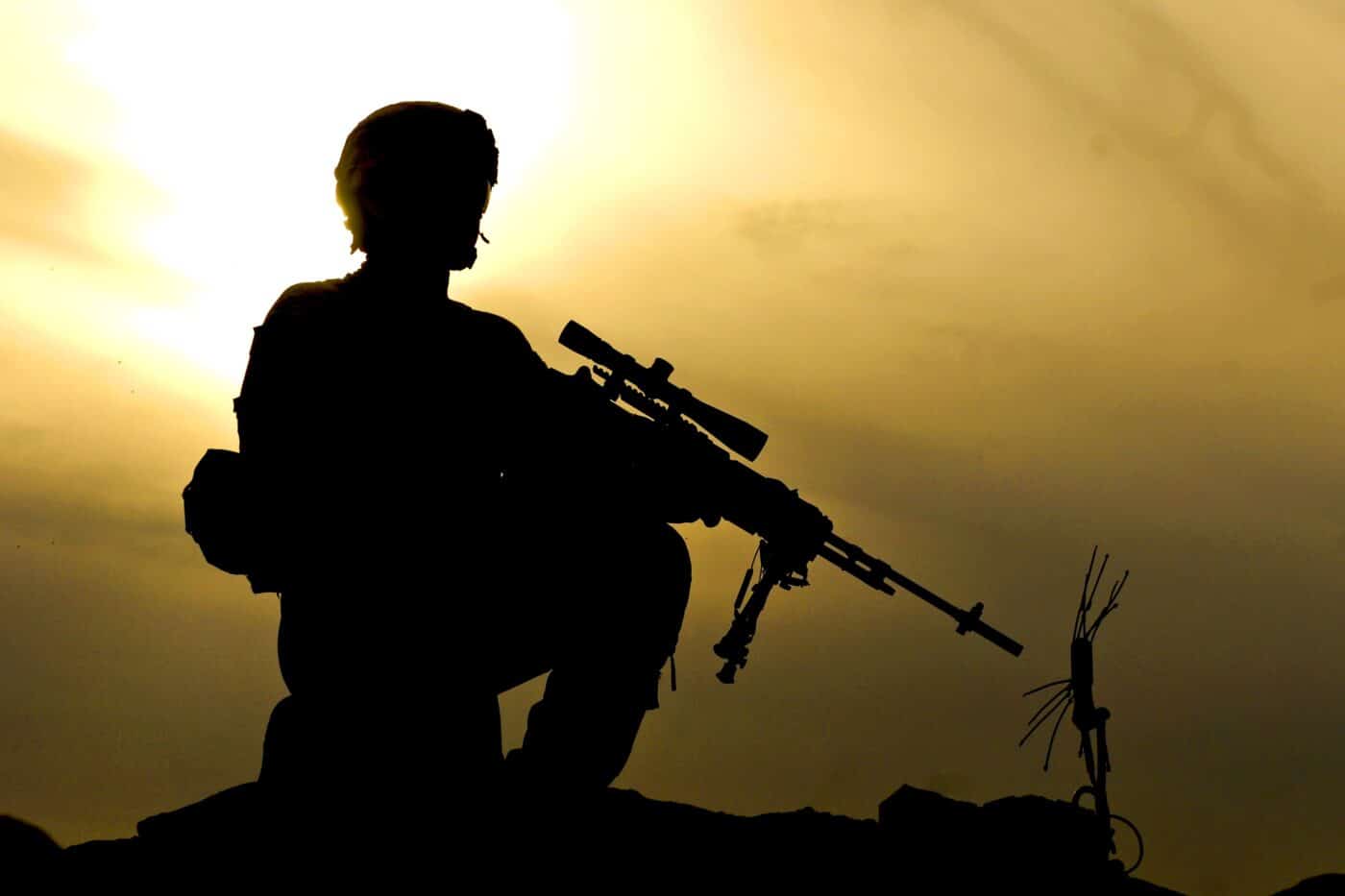
While the M14 may have retired from being the primary service rifle, it remained in use with the military, almost in the shadows.
A great friend of mine, Scott W., served overseas during the Global War on Terrorism (GWOT) and carried the M14 for much of his deployment. A hardcore firearms enthusiast and a third-generation soldier, Scott is one of the most talented self-taught gun guys that I know. Scott was kind enough to answer some questions about his service with the M14 in a modern combat role, and talk about the pros and cons of the Springfield Armory M1A’s military sibling.
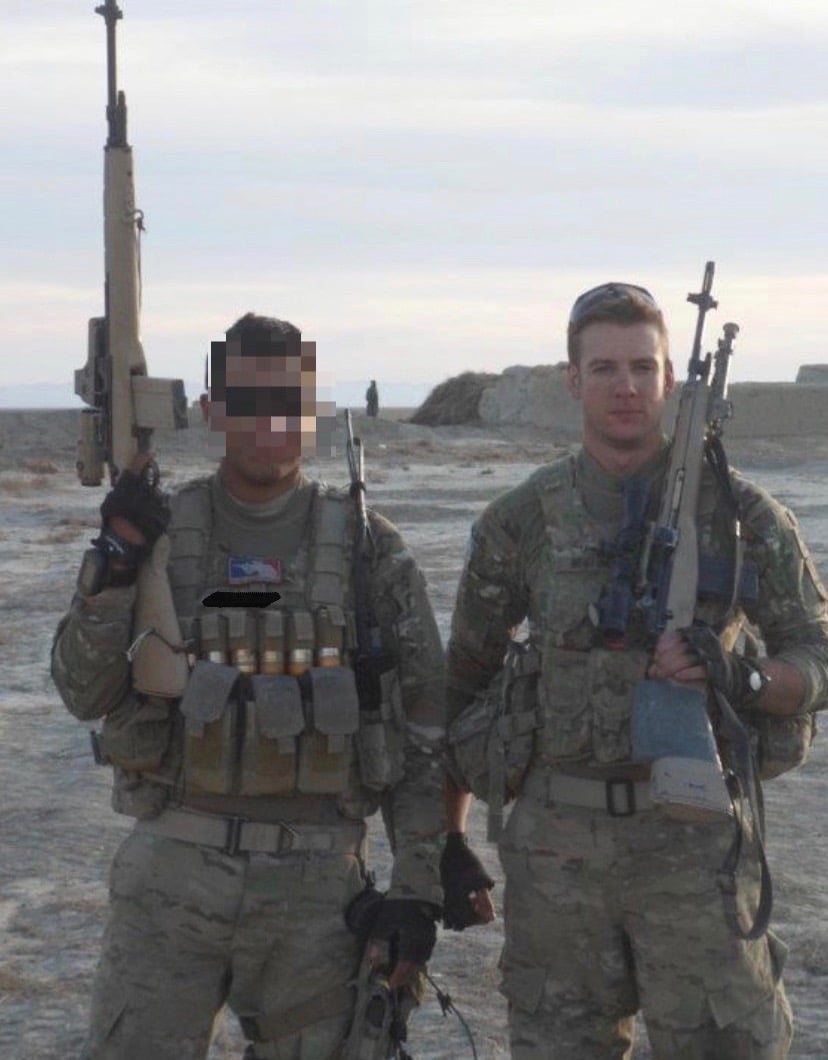
The Armory Life (TAL): Thank you for taking the time to sit down with The Armory Life. First, can you just introduce yourself, and what your current occupation is?
Scott W. (SW): Thank you for the opportunity to talk about my experience with one of my favorite firearms. I’ll keep my introduction short. I’m a proud American, infantryman and firearms collector. I’ve been working as a full-time police officer from New England for the last six years.
TAL: You served with the United States Armed Forces during the Global War on Terrorism. Can you tell us a little bit about when you were in, what unit you were in, and just some background information on your service?
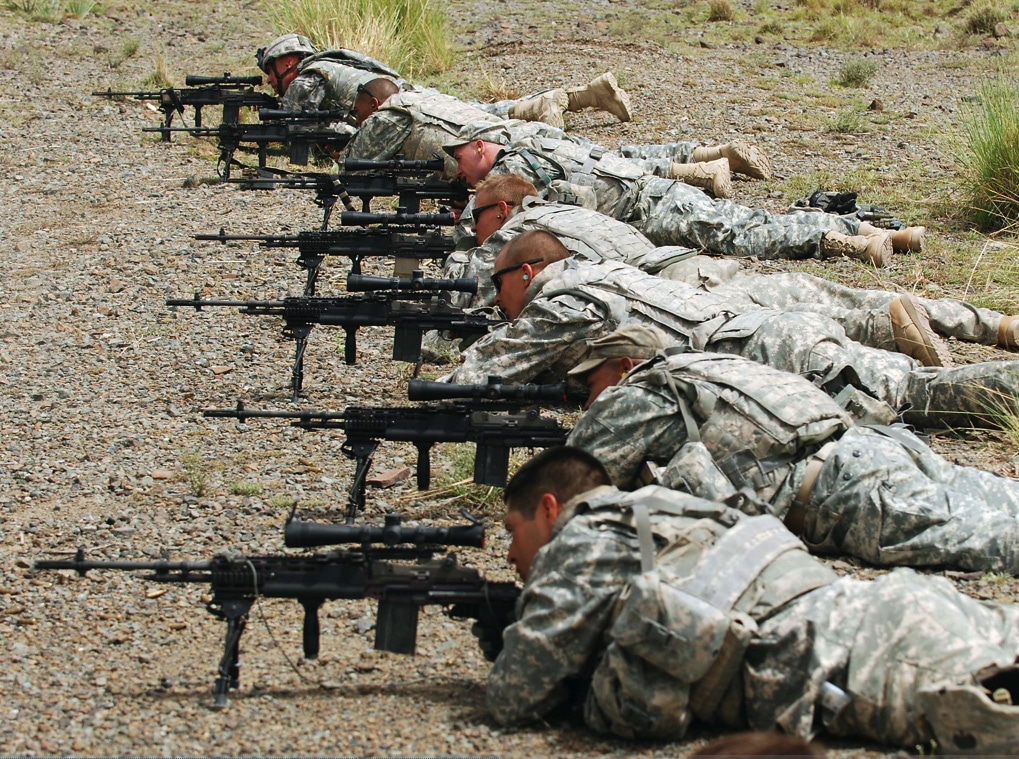
SW: I served in the U.S. Army and enlisted as an infantryman in 2010. I served in the 172nd Infantry Brigade and 1st Infantry Division “Big Red One”. I began my training as a rifleman for an upcoming 2011 deployment to eastern Afghanistan.
During training, my leadership advised me they had selected me to attend a scoped rifle course called “LRM” or long-range marksmanship. It was there that I was first introduced to the M14 rifle. A short time after, I was selected to attend sniper school where I was introduced to the KAC M110 SASS, M24 sniper weapons system and M107 anti-materiel rifle.
TAL: You are one of the few people I know who carried an M14 overseas during GWOT. How did you come to be issued that rifle, and how many did you see in service while on deployment?
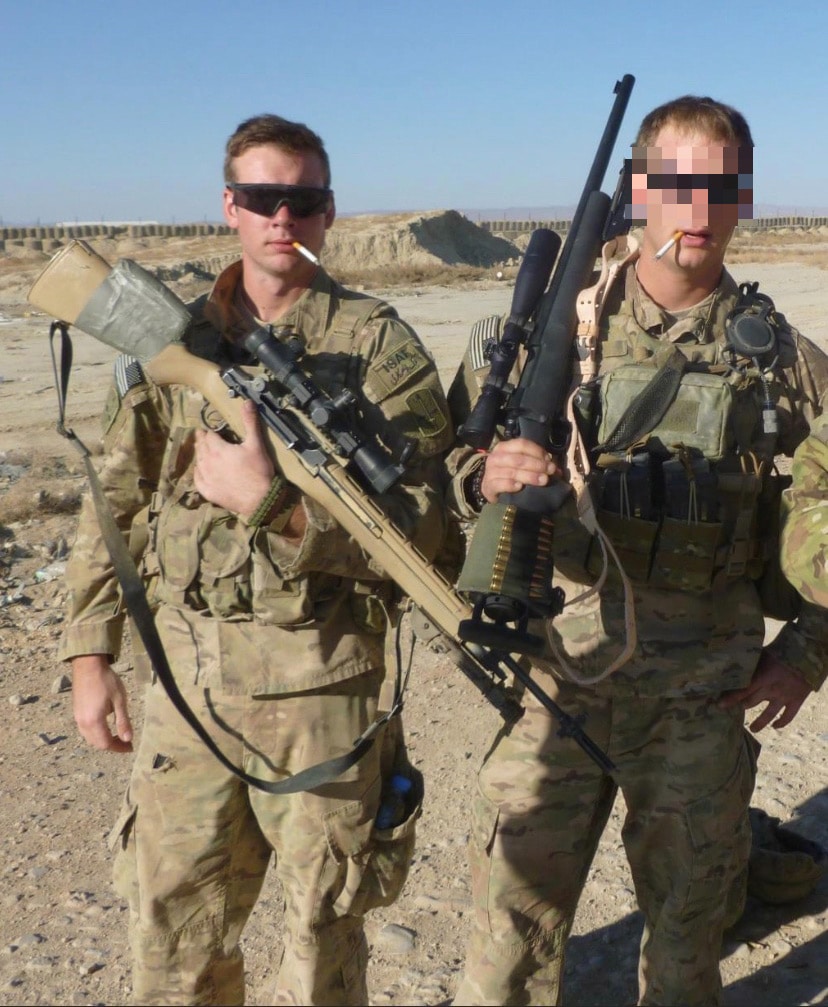
SW: During the time of deployment, my unit had a severe shortage of M110 and M24 sniper rifles. I only knew the whereabouts of a handful of M110 rifles that had already been allocated to other companies’ sniper teams. The unit received two XM2010 rifles that were still experimental at the time. By the time we heard about them, they had already been issued to a different company.
Our newly created three-man team was unable to acquire any of the existing rifles in the unit. We did however have an excess of M14 rifles, some in a new “enhanced” chassis. They were so plentiful I was issued three of them, which I used to strip and modify in order to create my own custom rifles.
TAL: Scott, I reached out to ask some people what questions they had for you about the M14 in combat and they had some pretty interesting questions. I will go through them here.
The first regards modification. It reads: “What are some field modifications you did to your M14 for accuracy, comfort, and reliability?”
SW: I should note that where I was located was a small two platoon remote combat outpost with very limited supplies. Most of the equipment located there was heavily used by past units of the then nearly 10 year conflict. You had to do the best you could with what you had and could find.
I chose not to use the EBR chassis with my rifles as you have to remove the scope for a proper cleaning. I replaced the stock on my first rifle with a fiberglass stock found in a connex and gave it a tan paint job with some vehicle paint. I also located a set of Larue QD scope rings for use with my issued Leupold Mk4 10X scope I had stripped from an EBR. The cheek riser was simple ammo can foam and duct tape modification. I used my issued Harris bipods. There were no supplies available for a proper stock bedding to be crafted. But, the rifle was still quite accurate.
During the same time, I was building a second rifle, crafted out of boredom during my 12-month tour. I located a weathered wooden stock and an uncommon vented upper handguard from the 1960s. My father sent me sandpaper in a care package that I used to smooth the stock. I used pine oil, a typical Army cleaner, to oil the wood stock. For this rifle, I mounted an adjustable Leupold Mk4 8X scope with an illuminated reticle. Many of my platoon’s engagements occurred at dusk, so I found this to be a beneficial upgrade at the expense of magnification.
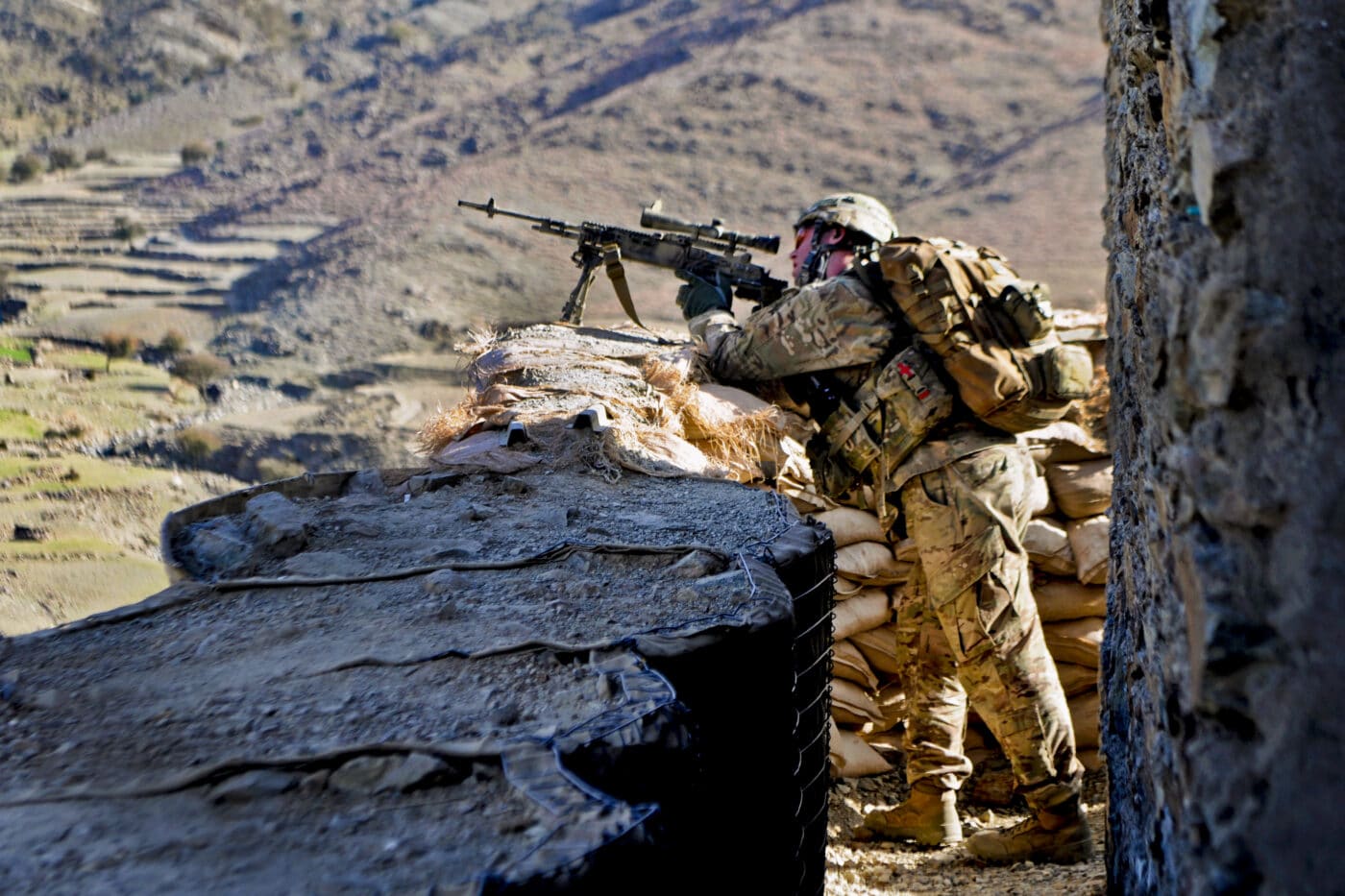
I located an ancient side-mounted rail left behind by an unknown unit. I mounted the optic in low scope rings so the rifle did not require a cheekrest. A GP general purpose strap was used as a sling. After some black paint touch ups on the steel and a Harris bipod, she was mission ready. This became my main weapon for the majority of the deployment.
The M14 in my experience is a very reliable weapon. It required little care to function properly in the dusty environment, unlike other weapons. Accuracy could be improved by shutting the gas valve off and manually cycling the bolt between rounds.
TAL: Next question: “Is the M14 still widely used, or is it a more specialist weapon/user-chosen system?”
SW: The M14 is still certainly widely used in the Army. I would say it fits a more specialized role and is used as a DMR more so than a sniper system. Depending on the unit and command, soldiers could use the M14 in a battle rifle role as well. I’ve included a photograph of one of our soldiers who equipped an M14 with an Eotech and magnifier combo for use as a battle rifle. Again the decision, as most things in the Army, is completely at the discretion of the command.
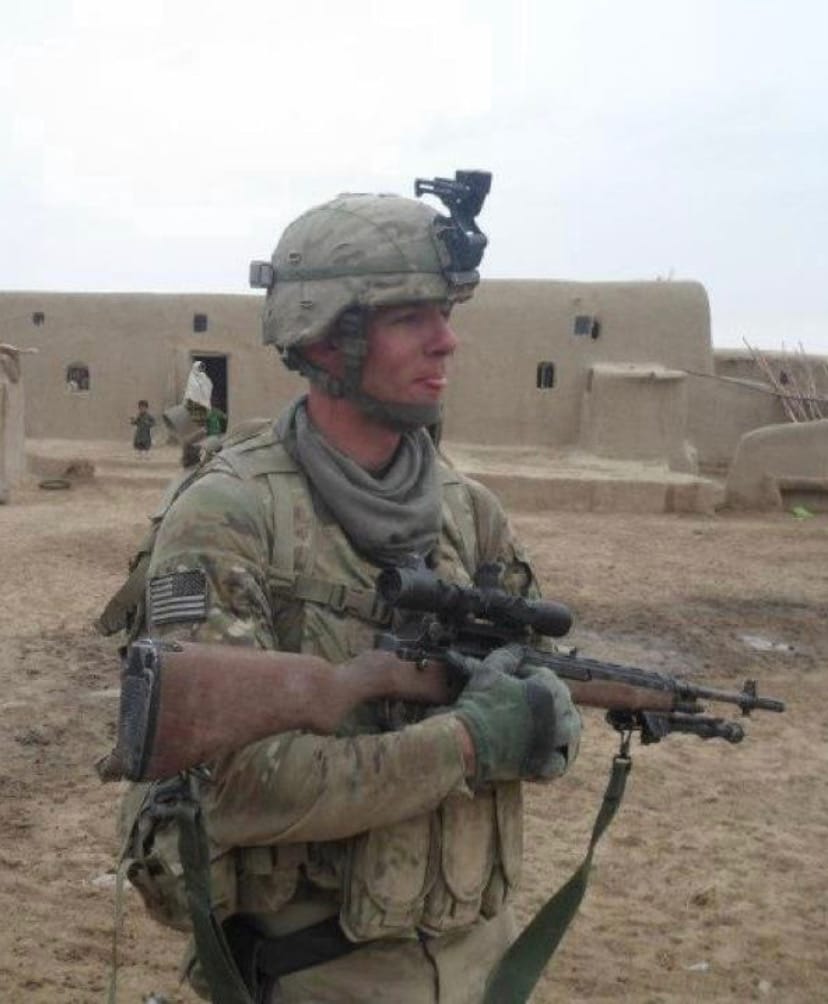
TAL: “Did the stock (if you used a wood stock) suffer from weathering/warping like it did in Vietnam?”
SW: While using the wood stock I did not experience any issues with it visibly warping. There is, however, no doubt in my mind that it was warped in one way or another. The wood was very old, most certainly Vietnam-era and far from perfect. It was also not bedded. Luckily, the climate in Afghanistan was mostly arid. Even so, it was still quite accurate and maintained a good zero.
TAL: “How did you like using an EBR Chassis, if you used one?”
SW: I touched earlier on the EBR chassis and one of its issues for me. That being said, I know it was designed for use in special operations. I’m sure it was successfully deployed by many other soldiers with greater skill and experience than my own. Virtually the entire rifle is a quad rail after it’s bolted on with nearly a dozen machine fasteners. It provides a stable platform to mount night vision forward of the optic as well as a PEQ. I can say from personal experience the EBR rifle could easily and consistently strike steel at 800 meters.
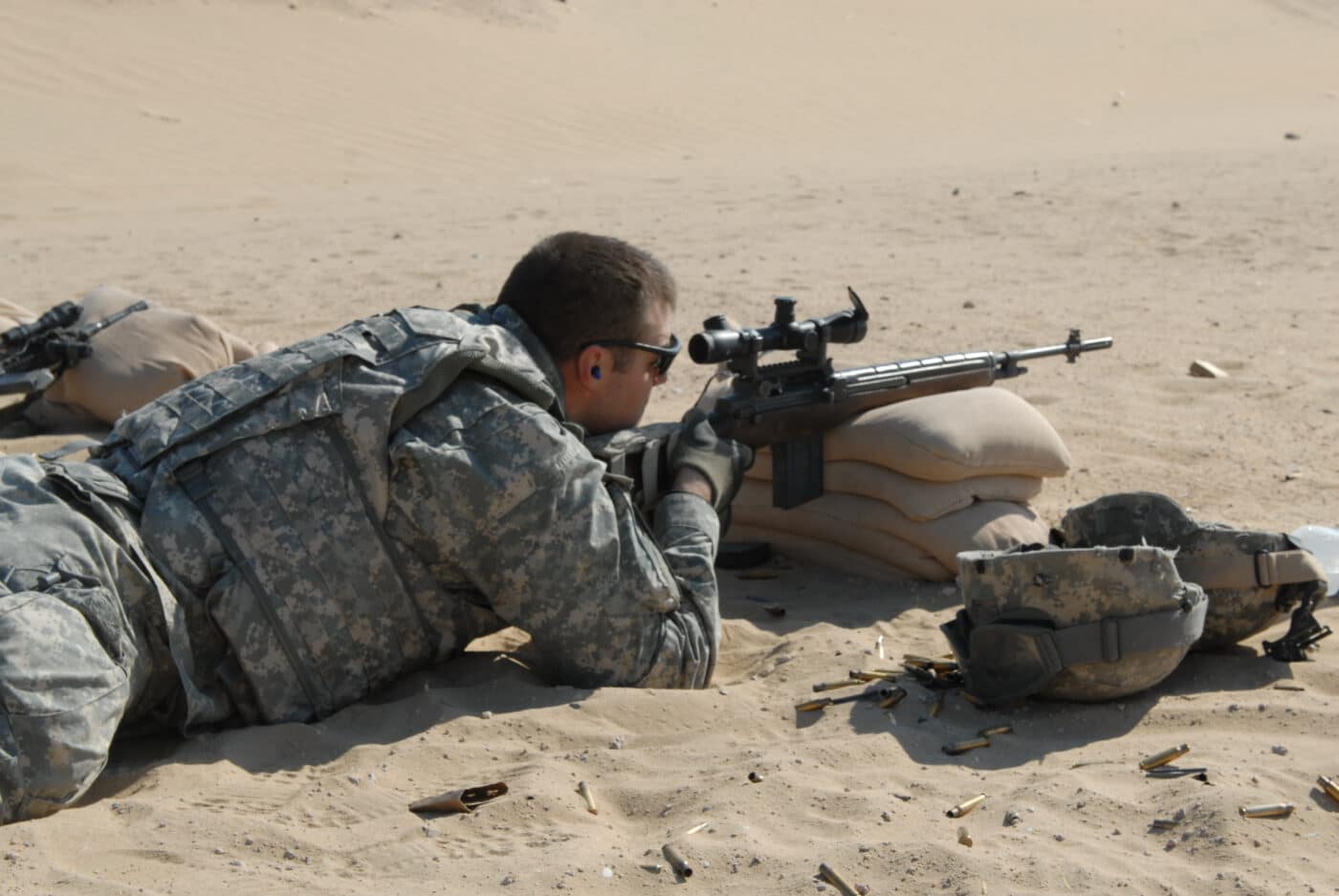
TAL: “Any reliability issues in those harsh conditions?”
SW: I have been asked questions about the reliability of the M14 many times. I saw numerous weapons fail due to the amount of dust and dirt they were exposed to. The M14 was not one of these weapons. No weapon is perfect and impervious to failure; however, I believe the many claims of poor reliability to be an internet myth.
TAL: “Do you think a heavier and larger caliber made it easier to shoot further distances? Did fighting in the Middle East produce further engagements for you?”
SW: I think the larger round of the M14 gave it the edge over smaller-caliber rifles. That’s not to say it’s better or worse, but for this particular environment, bigger was better. This was true for machine guns as well. I felt 7.62×51 was just more capable at farther ranges than the 5.56×45.
For me personally, I would say most engagements in my area of operation were typically distances in the hundreds of meters. Eastern Afghanistan consists of vast plains and high mountains. There was very little vegetation in my particular sector. This could and did, change during any operation that was conducted within a town or village which were dense with buildings, walls and other obstacles.
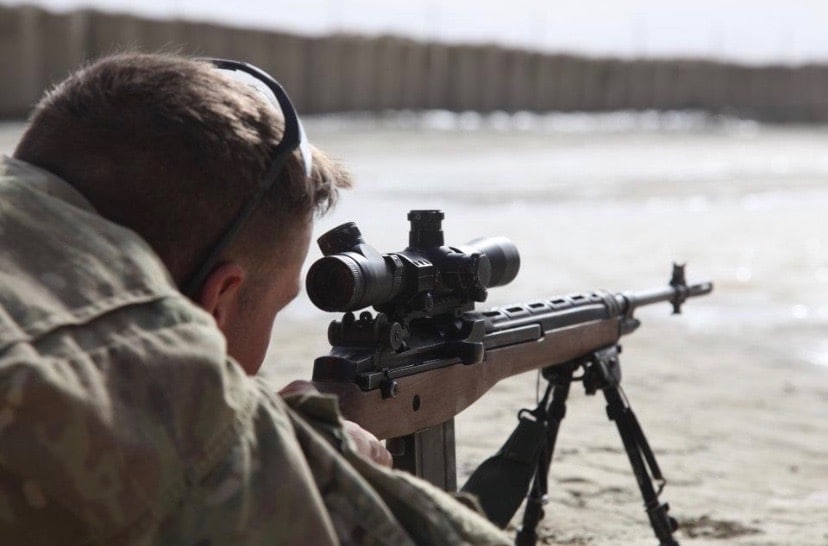
All weapons required re-zeroing upon reaching Afghanistan due to changes in environment and elevation. Unfortunately, there was no way to gather DOPE for the rifle beyond the 100-meter range we had set up within the outpost. Due to typical engagement distance, before embarking on any mission, I confirmed my “battle zero” of 500 meters.
The target I used to do this was a small diameter steel wheel on an abandoned vehicle. The vehicle was located 500 meters outside the outpost. The vehicle remained outside the outpost for the duration of the deployment for target use and daily mission test fires.
TAL: “How was accuracy? The M14 gets a bad name sometimes for accuracy, so did you feel this was a hindrance to you at all?”
SW: In regards to the accuracy of the rifle, I suppose it would depend on a multitude of factors. First being, how old is this rifle and what is its round count? All of these rifles were formerly fully automatic and converted over their long service life to semi-automatic fire. What stock is being used and is it bedded? Is the ammunition match-grade, down to smaller details like torque specs. It’s reasonable to assume none of these rifles were sub or even 1 MOA rifles.
That being said, accuracy was not being rated based on group size with these rifles. The rifles were typically zeroed on a steel 20”x40” human-shaped silhouette from ranges of 100 to 800 meters. The rifles did not seem to have an issue striking steel at these ranges. I would consider the rifle overall to be accurate to a military standard. All things considered, I was impressed with the rifles’ capabilities.
[Editor’s note: If you want to see what the M1A can do at 1,000 yards, check out Jeremy Tremp’s article.]
TAL: “What was your rifle loadout?”
SW: My load-out when carrying the M14 was very simple and lightweight. I wore a lightweight plate carrier and carried only night vision, IFAK, compass and three extra 20-round magazines on it. I carried an M9 on my belt for room clearing or close engagements. An assault pack with extra ammunition, food and a water source was always essential. It was as light as I could make it purposefully. It was not uncommon to have to climb the outside of buildings or walls and I needed to be able to do that in a hurry.
TAL: “Overall, what are your thoughts of using such an old design in modern combat?”
SW: I think this question is perfect to finish this up. I don’t believe the M14 was antiquated compared to any of the other weapons still in service at the time. Its 5.56 successor, the M16, was adopted roughly six years after the M14. Both heavy and light machine guns still operate using WWI and WWII technology. I believe the design of the M14 is still relevant. I think you will see that the M14 will have many more years of service with our military.
TAL: I received dozens of questions from followers, but just for the sake of time, I think we’ll call it here. This was an awesome opportunity, and I’d like to thank you for your time and service to our country.
Editor’s Note: Please be sure to check out The Armory Life Forum, where you can comment about our daily articles, as well as just talk guns and gear. Click the “Go To Forum Thread” link below to jump in!
Join the Discussion
Featured in this article
Continue Reading
Did you enjoy this article?

 560
560







